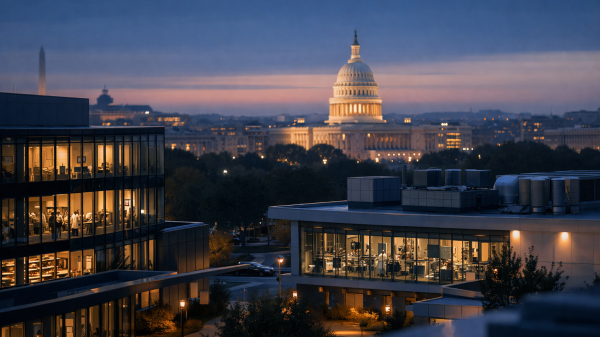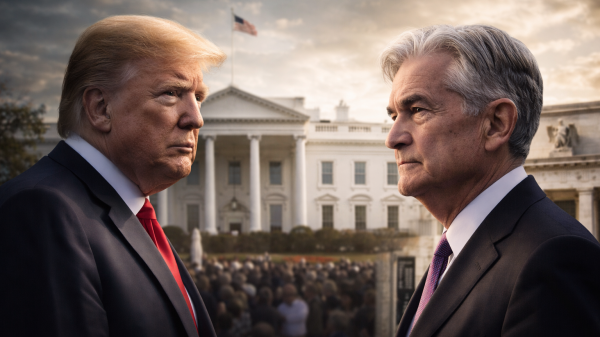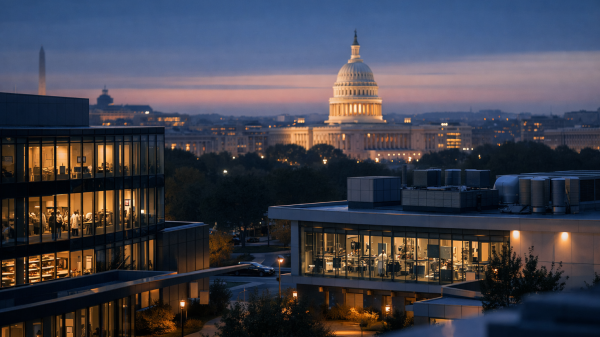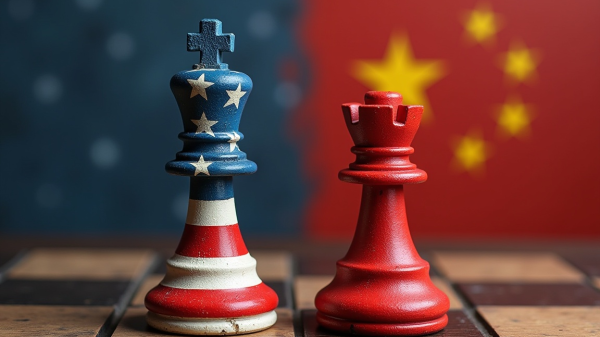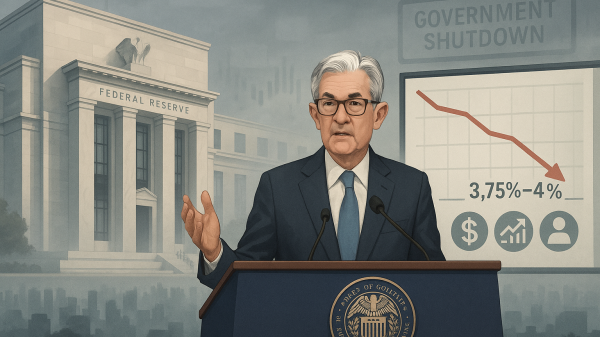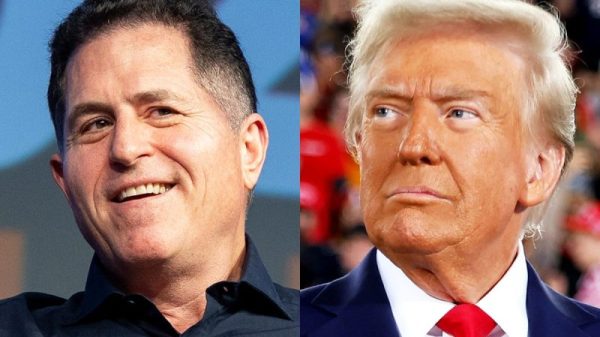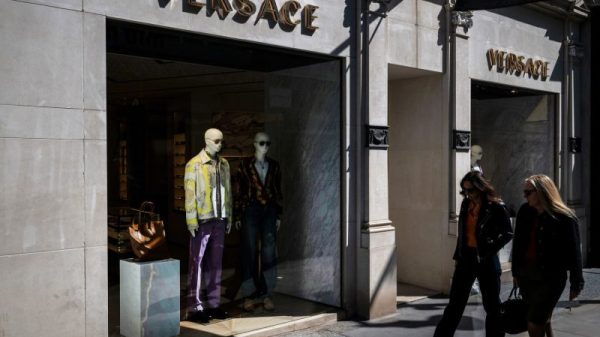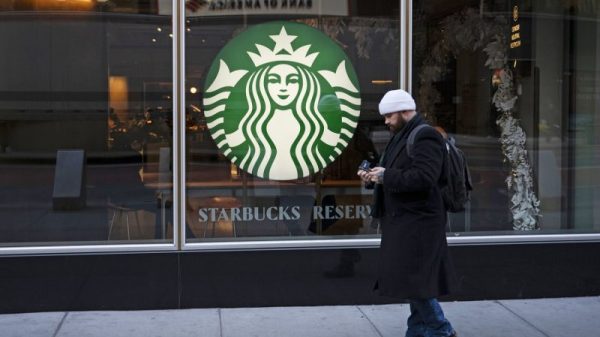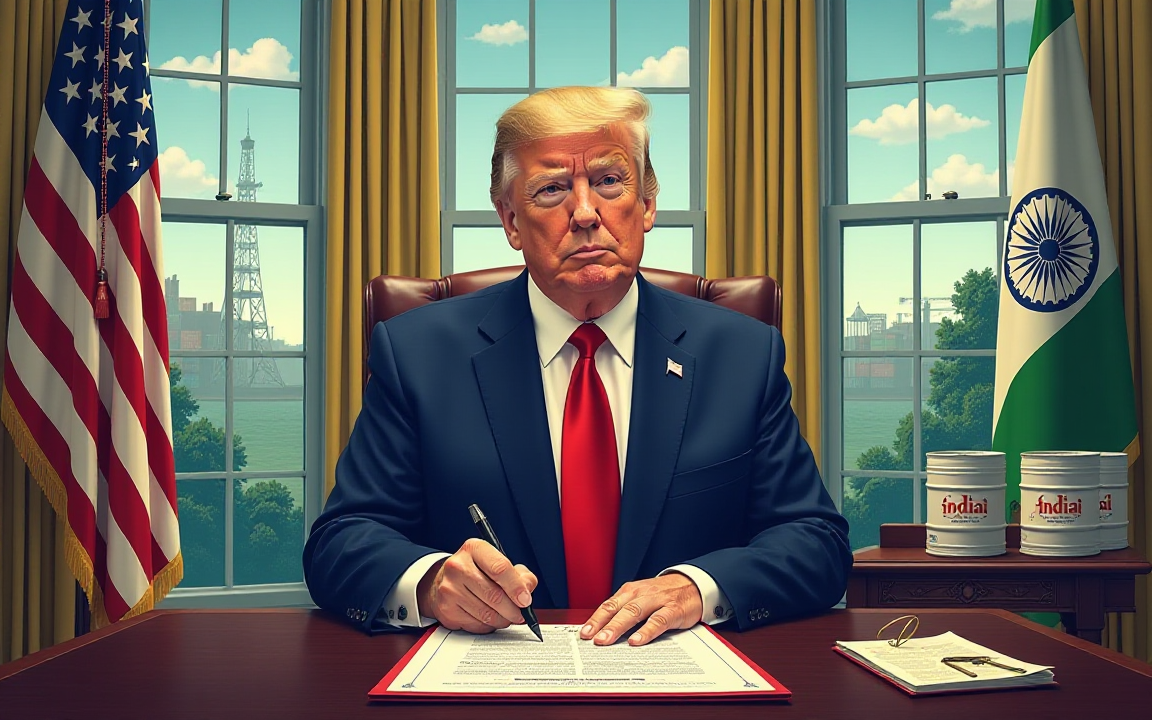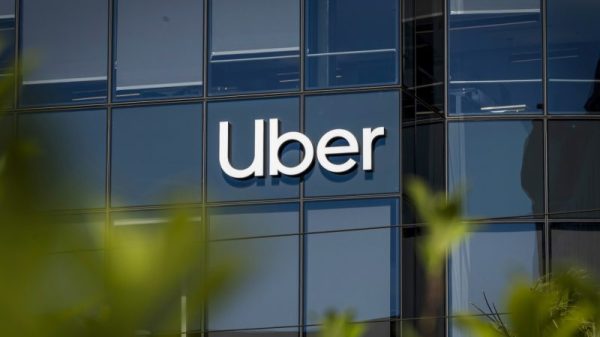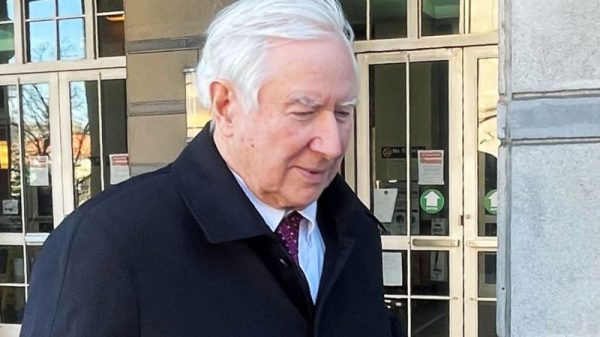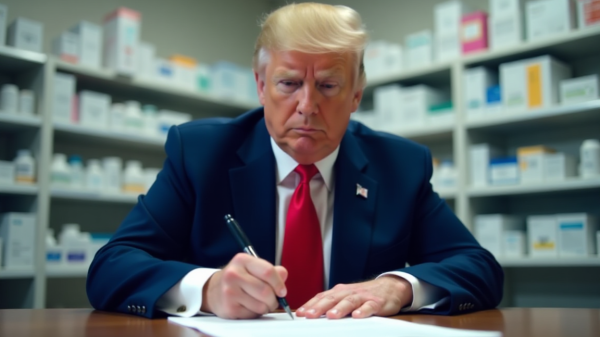US President Donald Trump has announced an additional 25% tariff on Indian goods, citing New Delhi’s continued purchases of Russian energy as the reason for the move.
The new duty, which will be implemented within 21 days, will come on top of an existing 25% country-specific tariff set to take effect overnight—bringing the total levy on Indian imports to 50%.
The decision follows unsuccessful talks earlier in the day between Washington and Moscow over the war in Ukraine, which failed to produce a breakthrough.
Trump accused India of “fueling the war machine” by importing Russian oil and reiterated his dissatisfaction during an interview with CNBC.
Markets reacted sharply to the news. The iShares MSCI India ETF dropped to session lows, oil prices spiked, and the Indian rupee weakened significantly against the US dollar.
Trade dispute escalates
The tariff hike marks a significant escalation in Washington’s trade dispute with India.
Trump has long pushed New Delhi to open its market further to US goods, but months of negotiations have not produced a trade agreement.
The president also criticized India’s membership in the BRICS bloc of developing economies, which includes Russia and China.
The administration’s move positions India among the countries facing the highest US tariff rates.
Trump had previously signaled potential penalties for countries that purchase military equipment and energy from Russia, though details had been unclear until now.
The new levy is part of a broader US strategy to exert economic pressure on nations that maintain energy ties with Moscow amid the ongoing conflict in Ukraine, now in its fourth year.
Trump has issued an August 8 deadline for Russia to agree to a ceasefire, warning of possible sanctions and secondary tariffs on other Russian energy buyers, including China.
Diplomatic signals but no breakthrough
Earlier Wednesday, US envoy Steve Witkoff met with Russian President Vladimir Putin in Moscow.
According to Kremlin foreign policy aide Yuri Ushakov, the three-hour meeting included an exchange of “signals” on the Ukraine issue but yielded no concrete agreements.
Ushakov described the talks as “useful and constructive” and said Moscow would await Trump’s response before making further comments.
The White House statement emphasized that the tariff increase aligns with US law and is intended to discourage purchases of Russian oil, which Western allies argue has helped sustain Putin’s economy and weakened international pressure to end the war.
Trump also suggested that other countries could face similar tariff hikes shortly, noting that the administration is “doing quite a bit of that” and signaling that decisions could come “over the next fairly short period of time.”
Economic and geopolitical implications
The steep tariff increase adds a new layer of strain to US-India trade relations.
India is a major US trading partner, and the higher costs for its exports could ripple through supply chains and consumer markets.
At the same time, the move underscores Washington’s use of trade policy as a tool to advance geopolitical objectives—specifically, to isolate Russia economically.
While it remains to be seen how New Delhi will respond, the decision signals that the US is prepared to use aggressive economic measures against allies as well as adversaries in pursuit of its Ukraine strategy.
The post Trump doubles India tariffs to 50% over Russian energy purchases appeared first on Invezz

